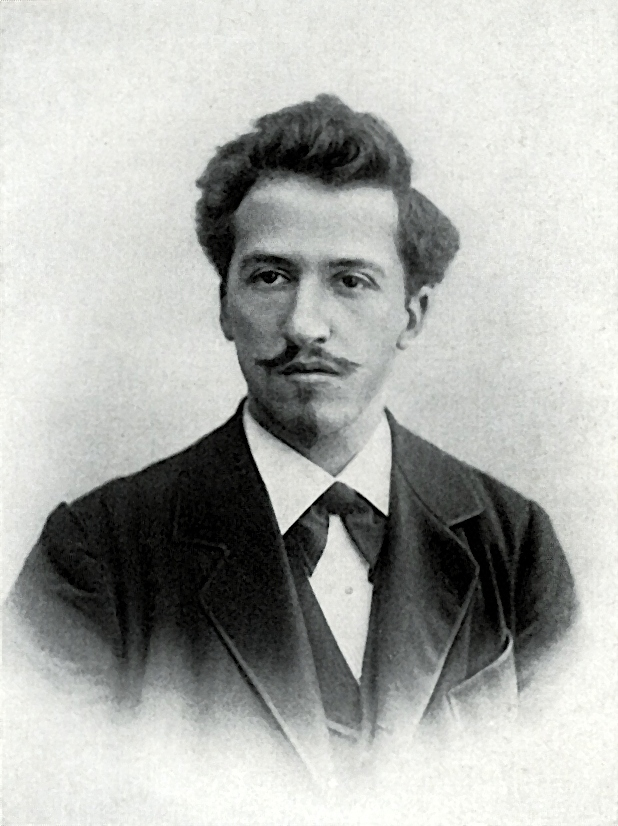
Piet Mondrian
Piet Mondrian was a Dutch artist who is widely recognized as one of the most important figures in the development of abstract art.
Mondrian began his artistic career as a landscape painter, but over time he developed an interest in abstraction and began to explore geometric forms and simplified compositions. He was a member of the De Stijl movement, a group of artists and designers who sought to create a new visual language that reflected the utopian ideals of the modern age.
Mondrian's works are characterized by their use of geometric shapes, primary colors, and black and white, and they often suggest a sense of harmony and order. He believed that art had the power to transform society, and he saw abstraction as a means of expressing universal truths and creating a better world.
After studying at the Academy of Fine Arts in Amsterdam, Mondrian moved to Paris in 1911, where he was exposed to the work of artists such as Pablo Picasso and Georges Braque, who were pioneering the development of Cubism.
During World War I, Mondrian was forced to return to the Netherlands, where he continued to work and became a leading figure in the Dutch avant-garde art scene.
In the 1920s, Mondrian began to develop his signature style, which he called neoplasticism. This involved the use of primary colors, black, and white, and the use of horizontal and vertical lines to create a sense of harmony and balance.
In 1940, as World War II loomed, Mondrian fled Europe and moved to New York City, where he continued to work and became an important figure in the city's art scene.
Mondrian died in New York City on February 1, 1944, at the age of 71.
Years:
Born in 1872
Country:
Netherlands, Amersfoort
Gallery: